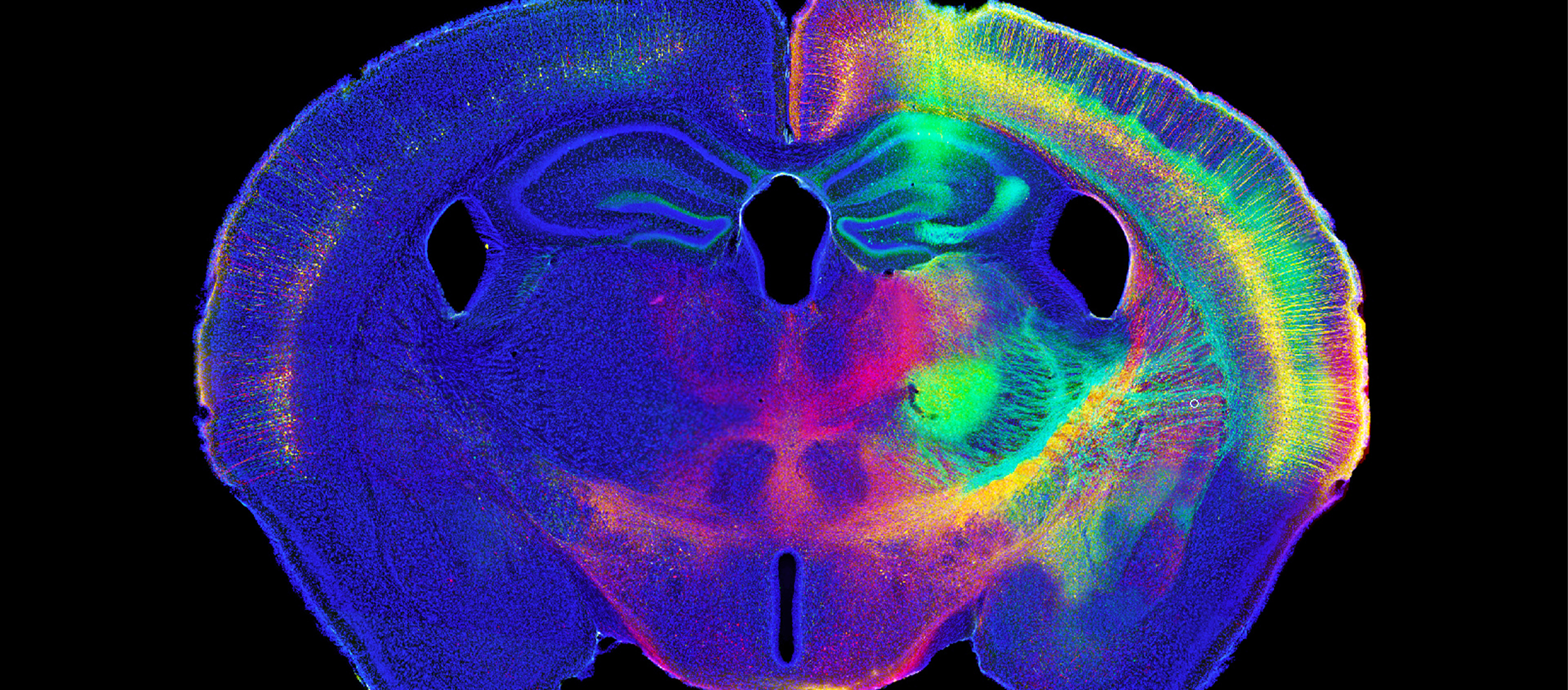Approximately 11,000 Americans become paralyzed from spinal cord injuries each year with little hope for recovery. But new research from the University of California at San Diego saw some promising results. The research team, led by MBF Bioscience customer Dr. Mark Tuszynski and Dr. Paul Lu saw movement in paralyzed rats after grafting a gel containing neural stem cells to the rats' injured spinal cords. According...
Read More
MBF Bioscience Blog
When it comes to preferred neuron reconstruction systems, Neurolucida “dominated the last decade” according to a paper published earlier this year in Frontiers in Neuroscience. The paper, “Digital reconstructions of neuronal morphology: three decades of research trends" (Halavi et al, 2012), offers an overview of the history of digital neuron reconstruction and presents research trends on specific animal species, brain regions, neuron types, and experimental approaches. Beginning...
Read MoreIn the early 1960s, our company co-founder Dr. Edmund Glaser and his long time collaborator and friend Dr. Hendrik Van der Loos made some sketches on a paper tablecloth in the faculty dining room at John Hopkins Hospital, in Baltimore Maryland. That early diagram of a microscope included novel elements like transducers and a mechanical stage, and gave shape to their ideas about a faster way...
Read MoreBlue Brain Project researchers have hit an important milestone in their quest to create a virtual model of the human brain. They figured out how to accurately predict the location of synapses in the neocortex; and Neurolucida played an important part. In a paper published last week in PNAS, the research team led by Dr. Henry Markram at the Brain Mind Institute at the Ecole Polytechnique Fédérale...
Read MoreDr. Daniel Peruzzi, staff scientist, shares his thoughts below: Customers often ask Staff Scientists at MBF Bioscience why it is sometimes difficult to reproduce certain published stereological results. For example, we get the question, “The estimates that I make of cell number in the region I’m researching do not match numbers reported in the literature. Can you help me understand why?” To solve this dilemma, we encourage...
Read MoreDuring a chicken embryo's twenty-one days of incubation, its eyes develop in astonishing ways. Muscles form, neurons branch, innervation occurs. Researchers at Dr. Rae Nishi's lab at the University of Vermont, including two MBF Bioscience staff scientists Julie Simpson, Ph.D. and Julie Keefe, M.S. are studying the development of a chicken embryo's nervous system. Their specific focus is on the behavior of neurons in the...
Read MoreA crux of Dr. Eric Kandel's career has been the integration of psychiatric with biological research. After earning a degree in psychiatry from NYU Medical School, he turned his attention to the brain's molecular structure, and later pioneered a reductionist approach to neurobiology by using the Aplysia sea slug as his model organism. An MBF Bioscience customer for many years, Dr. Kandel's research on learning and...
Read MoreStereology has come a long way since Dr. Mark West started using the method of quantitative analysis in his research. The assumption-based or model-based stereological methods of the 1970s have been replaced by the more sophisticated design-based or unbiased stereological methods used today. Dr. West, a Professor of Medical Neurobiology at Aarhus University in Denmark and author of the most cited scientific papers on the...
Read MoreA Vermont Public Television crew brought several cameras into our Williston office today to learn more about MBF Bioscience and Henry Markram, a long time customer of MBF. Dr. Markram, director of the École Polytechnique Fédérale de Lausanne (EPFL) in Switzerland, is using Neurolucida to create a complete simulation of the 89 billion neurons and 100 trillion connections in the human brain by 2023....
Read MoreWhen an adult rat learns new things about its physical environment, the newborn neurons in its brain change – dendrites branch, spines increase, soma grows. But what about mature neurons? Might they also undergo structural changes in response to learning? “Yes,” say scientists at the National Institute of Health and Medical Research and the University of Bordeaux, in Bordeaux, France. Led by Drs. Valérie Lemaire, Sophie...
Read More









